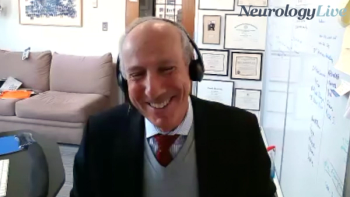
Solving the Biggest Questions About the Brain With Advanced Technology: Michael Sughrue, MD
The founder and chief medical officer of Omniscient Neurotechnology commented on the areas of need with understanding the brain map and treating conditions with multiple pathway crossover. [WATCH TIME: 4 minutes]
WATCH TIME: 4 minutes
"It’s all great and well for machine learning to spit out 30,000 outputs, but we have to look at these things and say, ‘does this make sense? What does this mean? Why do we think this part of the brain is in the machine learning?’ Humans need to go back and translate it."
Over time, it has been shown that brain disorders involve multiple and different neural dysfunctions, including regional brain damage, change to cell structure, chemical imbalance, and/or connectivity loss among different brain regions. For example, Alzheimer disease involves many symptoms clusters, including memory loss, apraxia, language impairment, and executive dysfunction, along with neural abnormalities including damage in the hippocampus and neocortex. Gaining a full understanding of the brain map and the complexities within it remains a challenge for researchers, even as these diseases become more highly characterized.
For
Newsletter
Keep your finger on the pulse of neurology—subscribe to NeurologyLive for expert interviews, new data, and breakthrough treatment updates.



































